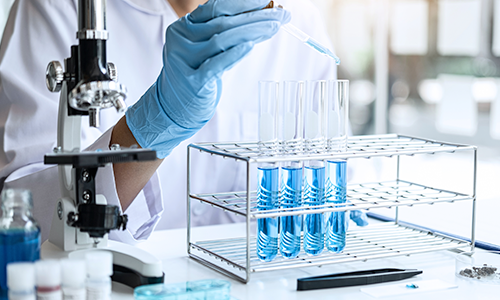Rheology of Topical Pharmaceuticals for New Product Development or Generic Equivalents
Pharmaceutical development is highly regulated, and for good reason. Potential new products must be rigorously tested to ensure their safety, purity, and performance are acceptable before coming to market. For topical creams, regulations uphold stability lifetime parameters and require identification of any impurities before products reach consumers.
Details












